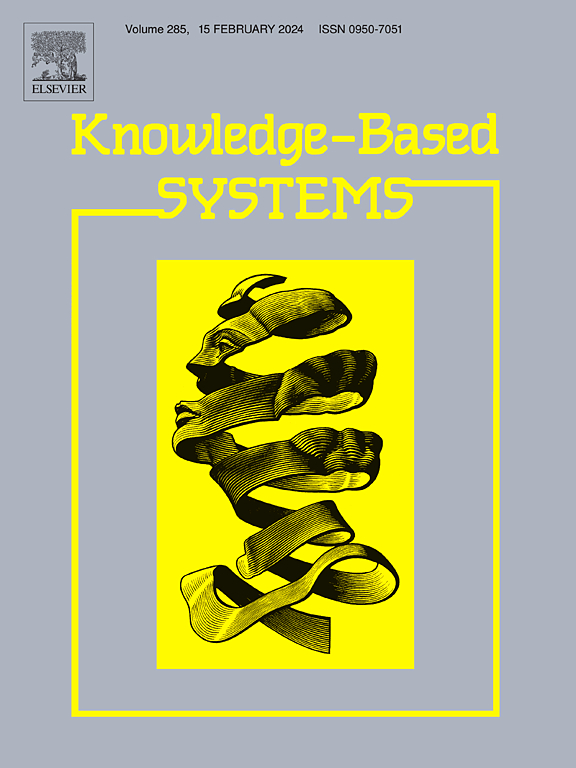AutoPolCNN: A neural architecture search method of convolutional neural network for PolSAR image classification
IF 7.2
1区 计算机科学
Q1 COMPUTER SCIENCE, ARTIFICIAL INTELLIGENCE
引用次数: 0
Abstract
Convolutional neural networks (CNNs), as a kind of typical classification model known for good performance, have been utilized to cope with polarimetric synthetic aperture radar (PolSAR) image classification. Nevertheless, the performances of CNNs highly rely on well-designed network architectures and there is no theoretical guarantee on how to design them. As a result, the architectures of CNNs can be only designed by human experts or by trial and error, which makes the architecture design is annoying and time-consuming. So, a neural architecture search (NAS) method of CNN called AutoPolCNN, which can determine the architecture automatically, is proposed in this paper. Specifically, we firstly design the search space which covers the main components of CNNs like convolution and pooling operators. Secondly, considering the fact that the number of layers can also influence the performance of CNN, we propose a super normal module (SNM), which can dynamically adjust the number of network layers according to different datasets in the search stage. Finally, we develop the loss function and the search method for the designed search space. Via AutoPolCNN, preparing the data and waiting for the classification results are enough. Experiments carried out on three PolSAR datasets prove that the architecture can be automatically determined by AutoPolCNN within an hour (at least 10 times faster than existing NAS methods) and has higher overall accuracy (OA) than state-of-the-art (SOTA) PolSAR image classification CNN models.
求助全文
约1分钟内获得全文
求助全文
来源期刊

Knowledge-Based Systems
工程技术-计算机:人工智能
CiteScore
14.80
自引率
12.50%
发文量
1245
审稿时长
7.8 months
期刊介绍:
Knowledge-Based Systems, an international and interdisciplinary journal in artificial intelligence, publishes original, innovative, and creative research results in the field. It focuses on knowledge-based and other artificial intelligence techniques-based systems. The journal aims to support human prediction and decision-making through data science and computation techniques, provide a balanced coverage of theory and practical study, and encourage the development and implementation of knowledge-based intelligence models, methods, systems, and software tools. Applications in business, government, education, engineering, and healthcare are emphasized.
 求助内容:
求助内容: 应助结果提醒方式:
应助结果提醒方式:


